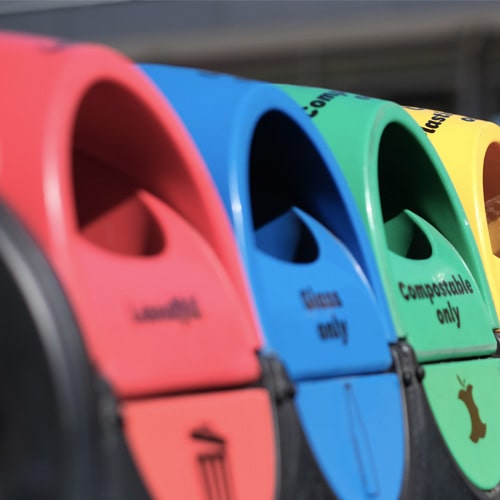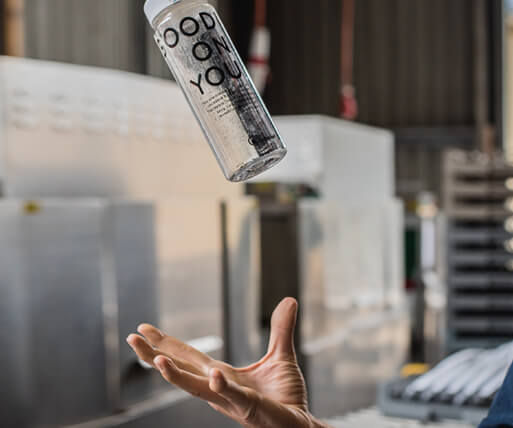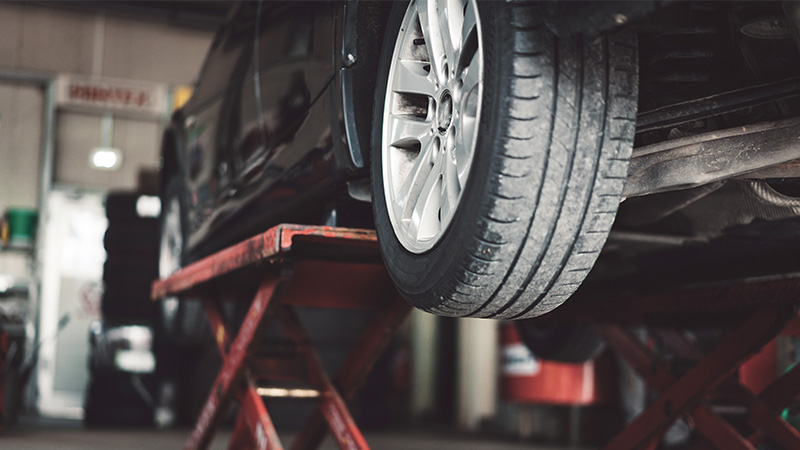How New Zealand can keep old tyres rolling on
For most of us the tyres on our vehicles are just that. We don’t give them much thought other than keeping them pumped up or replacing them when they wear out.
The introduction of Aotearoa’s first national, regulated scheme to collect and recycle tyres (Tyrewise) means they will now become an important part of the country’s move to a circular economy. But what happens to tyres after they are collected for recycling?
Keeping tyres out of landfill
On the whole, modern tyres are extremely well engineered and have a large amount of resources invested in them. This, in turn, makes them a valuable resource even after they reach the end of their life.
Currently, only around 40% of the 6.5 million tyres which reach the end of their life in New Zealand each year are recycled or used to make new products. That’s a large amount of material not being used to its full potential.
Worse still, many of these ‘lost’ tyres end up piled in paddocks where they can catch fire or end up being illegally dumped. This poses a threat to people and the environment.
Tyrewise, the country’s first regulated product stewardship scheme for tyres, launched on 1 March and will ensure they are collected for free at their end-of-life to be used in high-value products or processes.
Tyrewise means not only will the country have its first consistent system for collecting and recycling tyres, but there will be a steady, reliable supply of tyres for processors.
A red-hot solution
So, where will all the tyres go?
Recycling or reusing tyres for something else isn’t new to New Zealand, with a good chunk of that 40% I mentioned earlier being used instead of coal as fuel in the Golden Bay cement kiln.
Burning tyres may seem counter-intuitive but the process Golden Bay has developed works at such high temperatures the company says no smoke, odour or visible emissions result from using tyres as fuel. Using end-of-life tyres and construction wood waste instead of coal contributes to their goal of 30% reduction in emissions.
Cement makers need steel to make their products – something most tyres have in them. Golden Bay’s process incorporates leftover tyre steel and ashes into the final product, reducing waste even further and reducing the use of iron sand by up to 35%.
The company currently uses tyres for around 15% of their fuel needs, but this if there is sufficient supply.
A solution fit for New Zealand
Another innovative use for tyres is as an additive in building foundations to make them more resilient to earthquakes. Researchers at the University of Canterbury and Institute of Environmental Science and Research have been investigating this, with very promising results.
While using rubber in the foundations of commercial buildings isn’t anything new, using it in residential building isn’t the norm. This is because current foundation systems using rubber are too expensive for the residential sector, but using waste tyres could change that.
The researchers believe tyre rubber could be an affordable way to better protect new homes from earthquakes.
The amount of tyre rubber the process uses is quite staggering, with the optimum amount of passenger tyres for a 200m2 home being 9,000. This means if you built 722, 200m2 homes using tyre rubber in their foundations, it would use all the tyres which come to the end of their life each year in Aotearoa.
There is another added benefit too, with the research showing the use of tyre rubber reduces the need for gravel as an aggregate in the concrete. This means less virgin material is needed.
The research is ongoing, with a test building, but I’m keen to see where it leads.
Rubber for play and protection
The same properties which make tyres so resilient on the road also mean they are great for use in other products like matting, playground shock padding, artificial sports fields, and chip for equestrian arenas.
Cambridge-based company Treadlite is one of the country’s largest tyre transporters and processors, turning the tyres they collect into granulated rubber. This can then be made into a range of products, some of which are themselves recyclable.
Matta, in Auckland, uses end-of-life truck tyres to make the shock pad layer of their safety surfacing products – like playground matting. According to Matta, this layer can be recycled repeatedly.
Where the roads are paved with tyres
Tyre rubber can also be used to make roads. The use of crumbed tyres as an alternative additive to bitumen has been around, worldwide, for a few decades.
The different mixes for roads and pavements are complex, so it’s not as simple as swapping one ingredient for tyre rubber, though.
Some of the barriers to scaling the idea are initial cost, economy of scale, security of supply and concerns around environmental effects such as leaching. This isn’t to say it’s not being looked at, with overseas research finding roads made in this way last longer, are more resistant to potholes, reduce braking distances, and are even quieter.
Some countries are quite advanced in their use of tyre rubber in roads, such as Hungary where a tyre rubber-bitumen plant was completed in 2021 which can process 20,000 tonnes of waste tyres a year.
In Australia tyre rubber has been used to some extent in roading since 1975 in Victoria, New South Wales and Western Australia. But a new piece of research is being carried out by the University of Melbourne and tyre recycler Porous Lane, assessing the quality, strength and filtration ability of kerb made from recycled tyre rubber and crushed rock.
The kerb uses epoxy as a binder rather than cement and, if successful, could be rolled out in future projects. This would reduce the use of cement and reduce the associated emissions, while using waste tyres in a high-value product.
A future of possibilities
New Zealand has proven it can punch well above its weight when it comes to innovation. The Tyrewise scheme will not only mean there is a steady supply of tyres, but the scheme will support and incentivise new ways to keep tyre rubber in use.
I’m sure we’ll see new products and business opportunities while ensuring end-of-life tyres are a valuable part of our circular economy.







